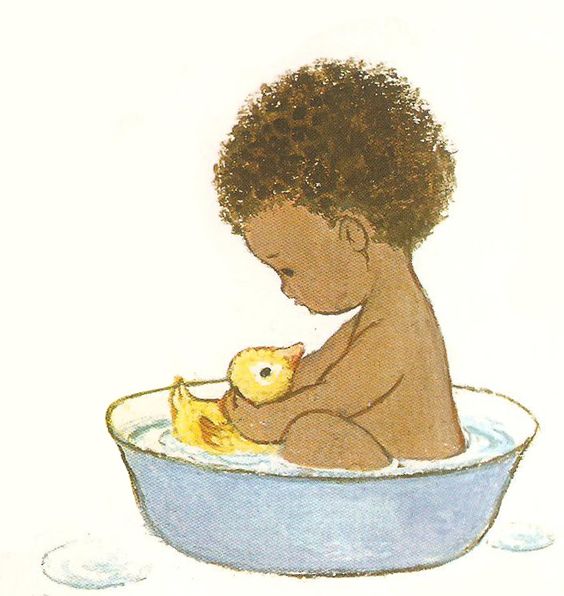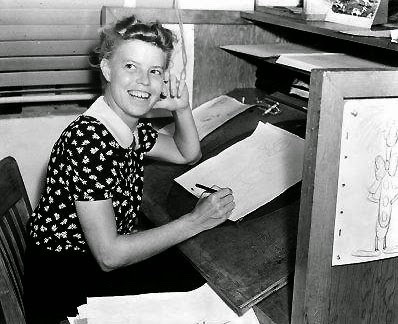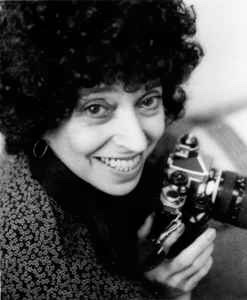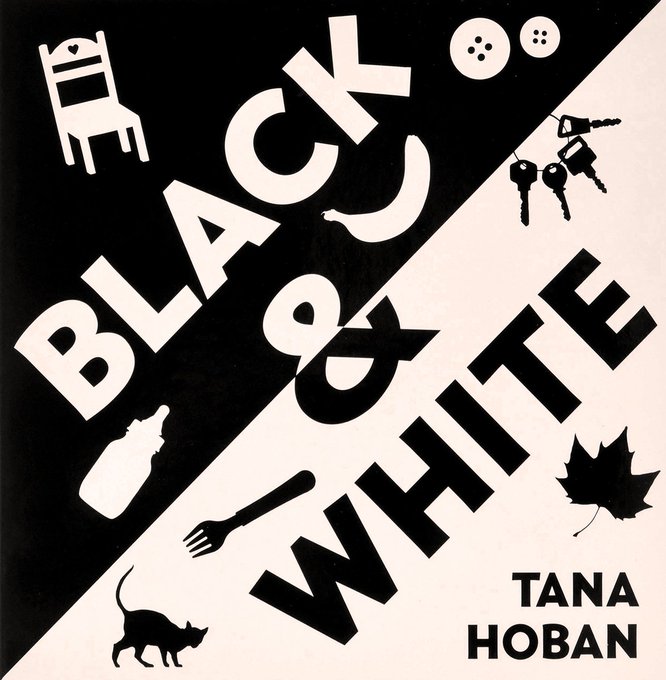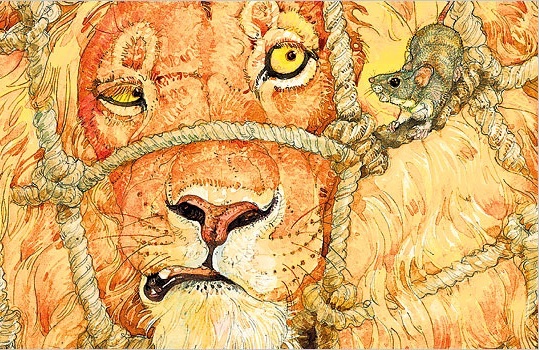When Gyo Fujikawa depicted multicultural children, her publisher—fearing a backlash from Southern U.S. accounts—resisted.
She held firm; and her books became best-sellers.
This is our #arthistory post on Fujikawa: https://t.co/Lz43g9SgFB #WomensHistoryMonth
Over a fifty-year career, Elton Clay Fax was a dedicated teacher; he wrote and illustrated books including “Dr. George Washington Carver, Scientist”; and he was a U.S. ambassador.
This is our #arthistory post on Fax: https://t.co/rARXm4Qs1H #BlackHistoryMonth
Retta Scott was born on this day, February 23, in 1916.
A trailblazer in animation, she was the first woman to receive on-screen credit as an animator while working for Disney.
❝Through my photographs, I try to say, ‘Look! There are shapes here and everywhere, things to count, colors to see, and always, surprises.’❞
—Tana Hoban, born on this day, February 20, in 1917
❝Making pictures is similar to making music—there are so many instruments and so many tunes that the possibilities for how you play are truly limitless.❞
This is our #arthistory post on Jerry Pinkney: https://t.co/gOFYmUsDTf #BlackHistoryMonth
Elsa Beskow was born on this day, February 11, in 1874.
Referred to as “Sweden’s best-loved children's book illustrator”, Beskow created dozens of picture books that became classics, including “The Tale of the Little, Little Old Woman”.
“Black Panther” was an afterthought until 1973, when William Henderson “Billy” Graham—the first black art director in comics—helped launch the character into stardom.
This is our #arthistory post on Graham: https://t.co/9DhlyMQF99 #BlackHistoryMonth
Sir William Newzam Prior Nicholson was born on this day, February 5, in 1872.
Four years after his wife, Mabel, died in the 1918 Pandemic, he illustrated “The Velveteen Rabbit”.
Winston Churchill said Nicholson was the best painting teacher he ever had.
“Each individual is a tuning fork that’s made from the material of their experiences. If you can trust in that, allow yourself to respond to the material, whatever you want to contribute will come out.”
This is our #arthistory post on Charles Santore: https://t.co/4bRPcphEVQ




